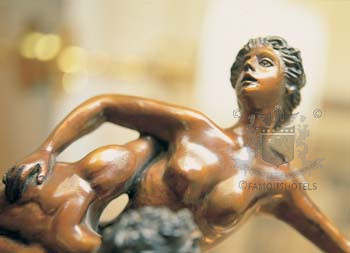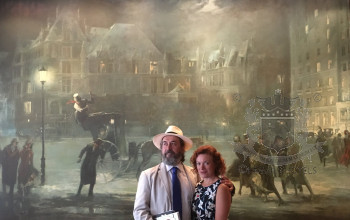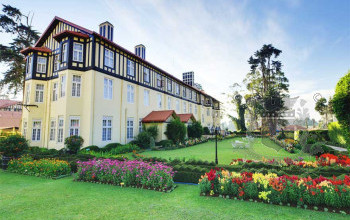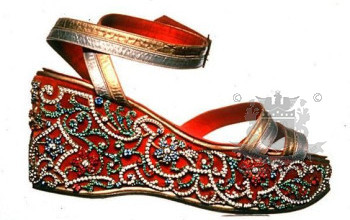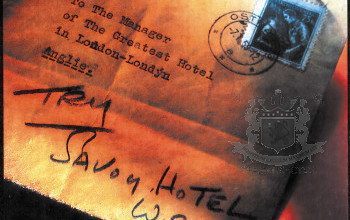From India in Style (5): Western Music and Arts
( words)
Just as the West was enamoured by the wonders of India and Asia, the royals from India were adapting to the western culture with élan. Photograph from our book IMPERIAL New Delhi.
Being an Indian royal was all about the finer things in life, cultured discernment and a predilection for arts, letters and fashion. The exposure the royal class had to the West, cultivated in them love for western music and arts. Notably, Rani Vijaya Devi, the Thakurani of Kotda-Sangani, was not only adept at Carnatic music and dance but was also a Piano playing virtuoso; so much that she won a fellowship at the Trinity College of Music, London. As recent as 1941, the Thakurani went on to attend the Juilliard School of Music in New York. She became the founder and president of the International Music and Arts Society.
Just as the West was enamoured by the wonders of India and Asia, the royals from India were adapting to the western culture with élan. Not only in music, arts, fashion and jewellery, the imperialists in India were adopting western lifestyle in their daily life too. The queens would go hunting wearing breeches; the royalty began the use of chairs and table for dining, and started to eat in the finest porcelain and china from the illustrious makers in Europe. Their tastes were so refined that they were buying mirrors in Venice, porcelain in Dresden; besides clothes and jewellery in Paris and other style-bearing ports in Europe. The Royal, Sayajirao III was such a big and regular client of Henry Poole & Co., the notable Savile Row Suit maker, that he awarded the company a royal warrant.
The European houses of fashion and style returned the love and adulation by creating works inspired by India. For instance, in the world of fragrance, Maison Boucheron proclaimed its love for the palaces and royal gardens of Jaipur by creating the eponymous perfume Boucheron Jaipur. Similarly, Guerlain introduced Shalimar, as an ode to the richly scented royal garden in Kashmir that Emperor Shah Jahan built for Mumtaz Mahal. While Un Jardin Apres la Mousson – the third fragrance in the Hermès Jardin series – evokes the romanticism and magic of monsoon in God’s own country Kerala.

